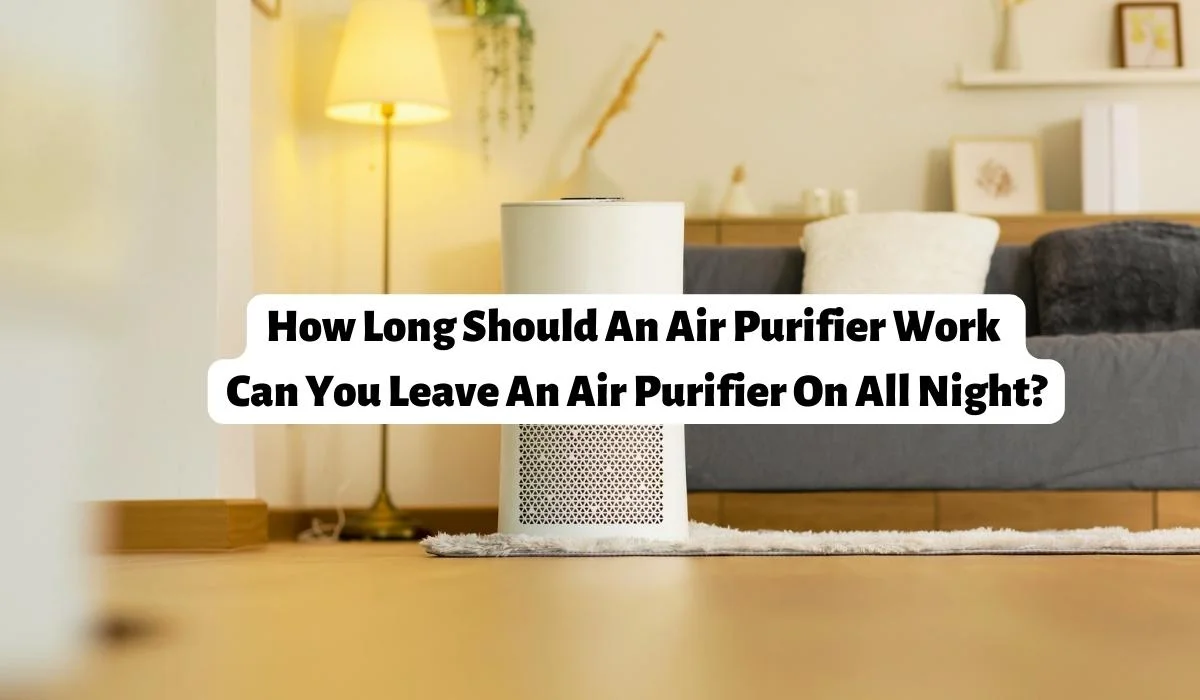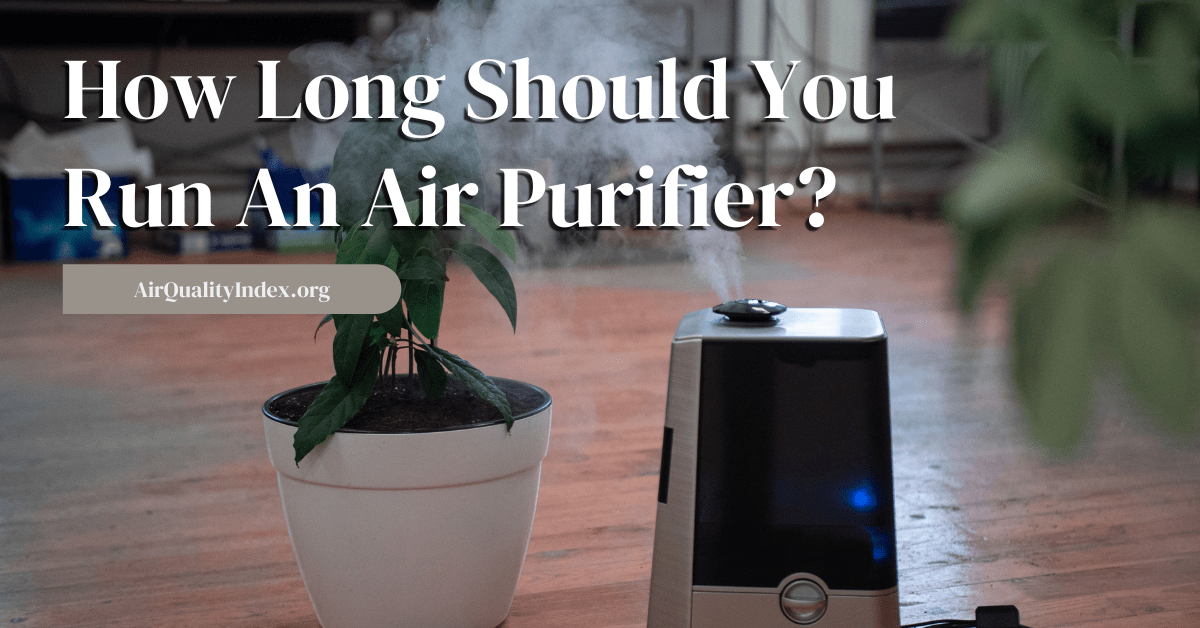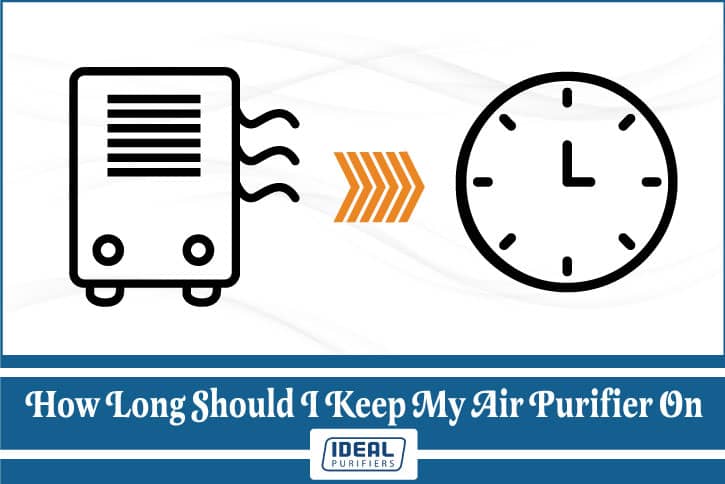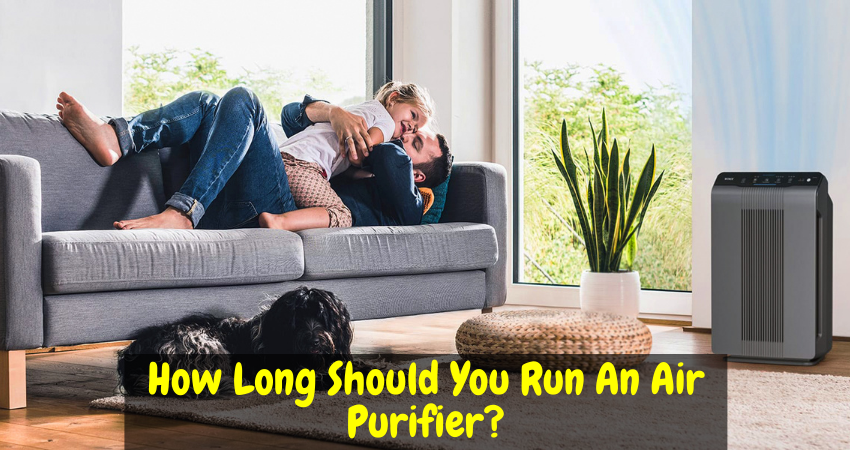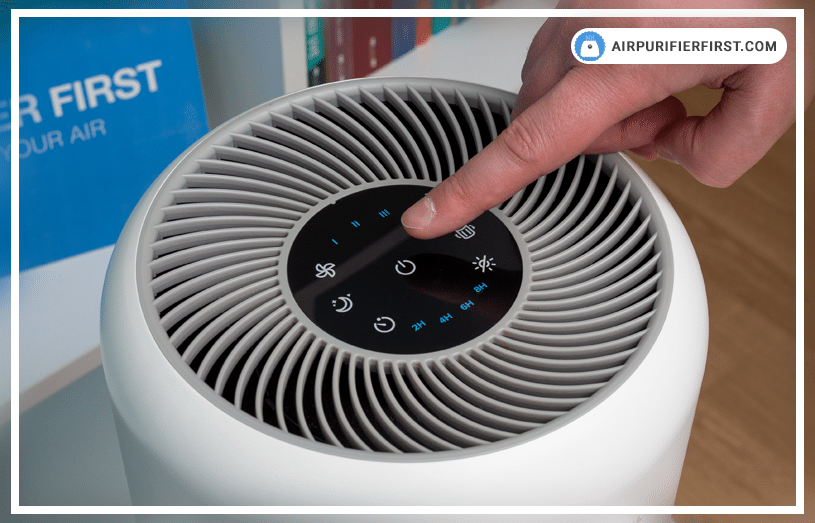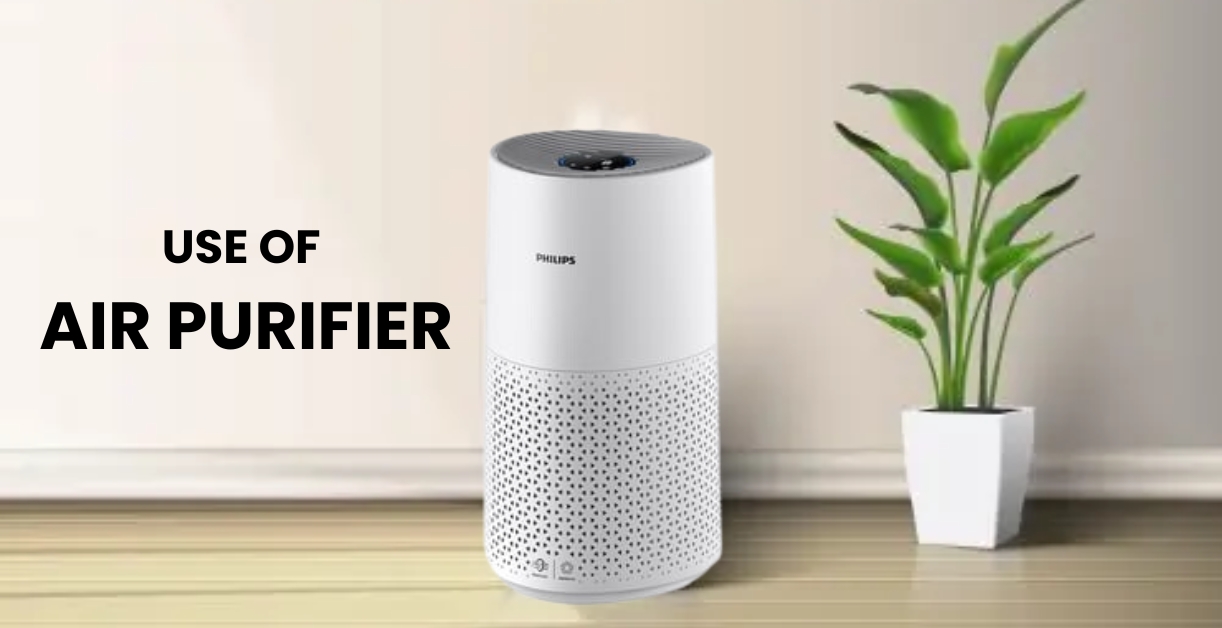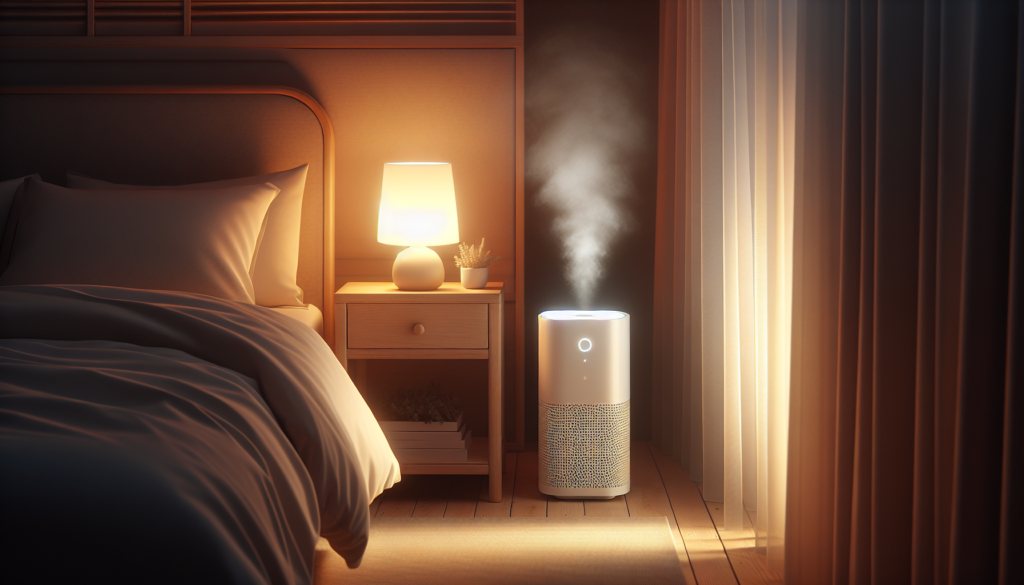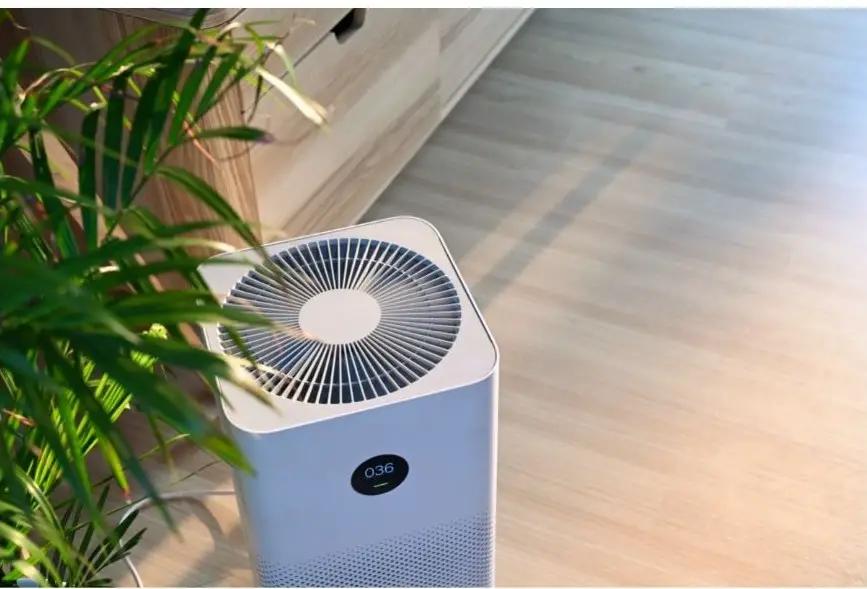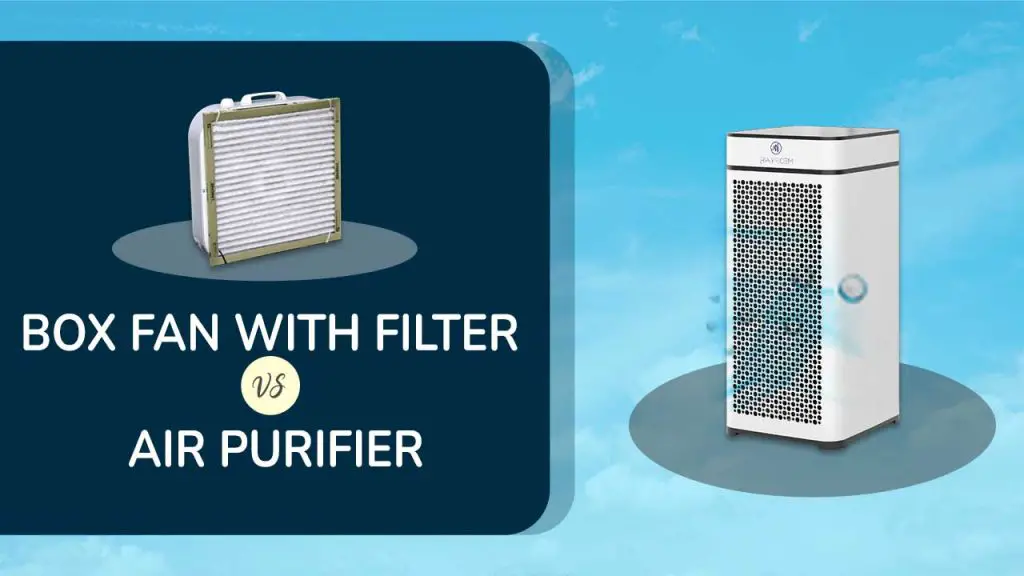How Long Should An Air Purifier Be On For

Air purifiers have become increasingly common in homes and offices, promising cleaner, healthier air. But a frequently asked question remains: how long should an air purifier be left running to achieve optimal air quality?
The answer isn't a simple one-size-fits-all. Several factors, including the size of the room, the type of air purifier, the level of pollution, and individual sensitivities, influence the ideal operating time. This article explores these factors and provides guidelines for maximizing the benefits of your air purifier.
Understanding the Key Factors
The size of the room is a critical determinant. Air purifiers are rated based on their Clean Air Delivery Rate (CADR), which indicates how quickly they can clean a specific volume of air.
A purifier with a low CADR in a large room will take much longer to clean the air than a purifier with a high CADR.
Different air purifiers use different filtration technologies. HEPA filters are effective at capturing particulate matter like dust, pollen, and pet dander.
Activated carbon filters remove gases, odors, and volatile organic compounds (VOCs). Some purifiers combine multiple technologies for comprehensive air cleaning.
The level of indoor air pollution also plays a significant role. In areas with high levels of pollution, such as near busy roads or during allergy season, running the air purifier for longer periods is necessary.
Individual sensitivities to allergens or pollutants also influence the ideal run time. People with asthma or allergies may need to run their air purifier more frequently to maintain comfortable air quality.
General Guidelines for Air Purifier Use
While continuous operation is often recommended, the optimal runtime can vary. Experts at the Environmental Protection Agency (EPA) suggest running air purifiers continuously, especially in homes with smokers or individuals with respiratory problems.
For general use, running an air purifier for at least 12 hours a day is a good starting point. This allows the purifier to cycle the air multiple times and remove a significant amount of pollutants.
In environments with high pollution or during allergy season, running the air purifier 24/7 may be necessary. This ensures constant air purification and minimizes exposure to irritants.
Considerations for Intermittent Use
If you choose to run your air purifier intermittently, it's essential to consider the time needed to clean the air effectively. A good rule of thumb is to run the purifier for at least 2-4 hours at a time to achieve noticeable improvements in air quality.
Using a timer can be a convenient way to automate intermittent operation. For example, you could set the purifier to run for a few hours in the morning and a few hours in the evening.
Monitoring your indoor air quality with an air quality monitor can help you determine the optimal runtime for your specific needs. These monitors provide real-time data on pollutant levels and can help you adjust your air purifier settings accordingly.
Expert Opinions and Recommendations
According to the American Lung Association, using an air purifier is beneficial for improving indoor air quality and reducing exposure to pollutants. They recommend choosing a purifier with a HEPA filter and running it continuously, especially in bedrooms.
Consumer Reports advises consumers to select air purifiers based on room size and CADR ratings. They also recommend cleaning or replacing filters regularly to maintain optimal performance.
Dr. John Smith, an environmental health specialist, notes that “consistent use of an air purifier is crucial for minimizing the impact of indoor air pollution on health. It's not just about removing visible dust; it's about capturing microscopic particles that can cause respiratory problems and other health issues."
Maintenance and Filter Replacement
Proper maintenance is essential for maximizing the effectiveness of your air purifier. Clean or replace filters regularly according to the manufacturer's instructions.
Clogged filters reduce airflow and decrease the purifier's ability to remove pollutants. Some air purifiers have indicators that alert you when it's time to replace the filter.
Regularly cleaning the exterior of the air purifier can also help prevent dust buildup and maintain optimal performance.
Impact on Health and Well-being
Using an air purifier can have a significant impact on health and well-being. By removing pollutants from the air, purifiers can reduce allergy symptoms, asthma attacks, and other respiratory problems.
Clean air can also improve sleep quality and cognitive function. Studies have shown that exposure to air pollution can negatively affect brain function and memory.
For families with young children or elderly individuals, maintaining good indoor air quality is particularly important. These populations are more vulnerable to the harmful effects of air pollution.
Conclusion
Ultimately, determining how long to run your air purifier depends on various factors. Continuous operation is often the most effective approach, especially for individuals with respiratory sensitivities or in areas with high pollution levels. However, even intermittent use can provide significant benefits.
By considering the size of your room, the type of air purifier you have, and the level of indoor air pollution, you can optimize the runtime and enjoy cleaner, healthier air. Remember to maintain your air purifier properly and replace filters regularly to ensure optimal performance.
Consulting with an environmental health professional can provide personalized recommendations for your specific needs and environment.

